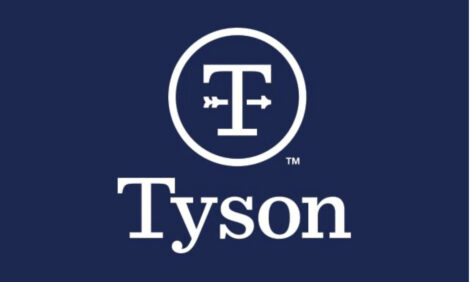



Missouri Forage Specialist: Make Hay, Save Legumes
COLUMBIA, US - Farmers with more pasture than their livestock can graze this spring should prepare to make hay, said a University of Missouri Extension forage specialist."Get the grass canopy off and that will stimulate clover growth," Craig Roberts told regional agronomists in a teleconference. Cool, wet weather created excess forage on pastures, especially those fertilized with nitrogen.
Roberts recalled previous springs of heavy rainfall when tall fescue grew up, fell over and smothered the clover growing in pastures.
By removing surplus tall fescue, farmers can save their legumes.
Roberts says there are advantages to keeping the legumes.
"As a rule of thumb, clover in a pasture adds a quarter pound of gain per day per calf," Roberts said. "In some trials, clover added four-tenths pound of gain per calf per day. That is a huge reason for keeping legumes in fescue pasture."
Clovers boost livestock gains by adding nutrients, including protein and energy, to the grazing ration.
Legumes add nitrogen fixed from the air to the soil, which reduces need for commercial fertilizer.
As a bonus, legumes dilute the endophyte toxins found in most fescue grass in the state, Roberts said. Endophyte reduces gain on cattle grazing tall fescue.
Red clover and white clover are the most popular legumes interseeded in tall fescue pastures in Missouri.
With so much grass growth this spring, it might be possible to get two cuttings of hay from some pastures, Roberts said. "We're approaching the time in early May when fescue reaches the boot stage as the seed heads form. Cutting before the seed head emerges results in better-quality fescue hay."
Cutting early allows time for a second growth, which is of higher quality than first-cutting fescue, Roberts said.
In a rainy season, haymakers should be ready to roll when a few days of dry weather are in the forecast. Cutting and drying hay in a Missouri spring is always a challenge. However, hay baled in May has higher feeding value than hay harvested with seed heads a month later.
Because spring growth is usually abundant, Roberts does not recommend spreading nitrogen fertilizer on fescue pastures in the spring.
"Adding nitrogen complicates pasture management," he said. "You must have a high stocking density for livestock to harvest the grass when it is of highest quality."
Nitrogen fertilizer applied in August, ahead of September rains, boosts fall fescue growth for winter grazing.
The fall fertility not only improves nutrient content, it also extends growth later in the season.
TheCattleSite News Desk


